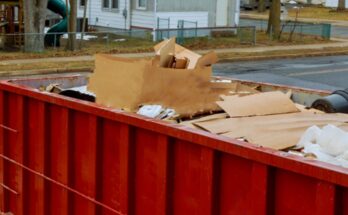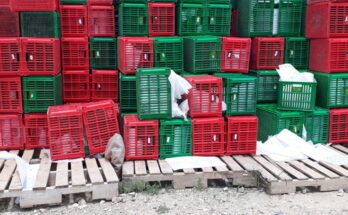Many homeowners take great pride in maintaining their yards and gardens, dedicating time and resources to keep them looking their best. One of the most important aspects of a beautiful yard is having healthy, thriving trees. However, some seemingly innocuous habits or environmental factors can inadvertently inflict harm on trees. Here are 5 things that can harm trees, some of which might surprise you.
1. Improper Watering
Correct watering practices are vital to ensuring tree health. Overwatering can lead to shallow root development, making the tree more susceptible to toppling over in a storm. Underwatering, on the other hand, can result in stress and reduced growth. To maintain healthy trees, it is essential to get in touch with a professional for tree service in Milton who can provide tailored advice on appropriate watering schedules. By understanding the specific needs of your tree and providing proper care, you can avoid over or underwatering and enjoy all the benefits of an attractive, healthy tree.
2. Mechanical Damage
Lawn equipment like mowers and weed eaters can unintentionally cause damage to trees through repeated injury to the bark or accidental cuts to exposed roots. This can invite decay, fungal infections, and insect infestations, leading to a weakened tree. To avoid unintended damage, take care when using lawn care equipment around trees and consider installing protective barriers, like trunk guards, to protect the bark.
3. Soil Compaction
Heavy foot traffic, vehicles, or construction activities around a tree can compact the soil, reducing the air and water available for the tree’s roots. This stresses the tree and limits its ability to take up nutrients and water, thus affecting growth and health. Be mindful of maintaining a buffer zone around trees where possible and avoid driving heavy equipment close to the trunk.
4. Over-Mulching
Mulch can be highly beneficial to trees by conserving water, regulating soil temperature, and preventing weed growth. However, excessive mulching can do more harm than good by creating a moisture barrier that promotes root rot, suffocating the roots, or inviting pests like rodents. Experts recommend maintaining a layer of mulch 2-4 inches deep and avoiding it from directly touching the tree trunk.
5. Invasive Plants
Some invasive plant species can compete with trees for valuable resources like water, nutrients, and sunlight. These aggressive plants can also damage the tree’s roots, reduce tree vigor, and serve as a host for diseases and pests. To help your trees thrive, routinely remove invasive species and plant native species that are adjusted to the local environment and less likely to cause harm.
To Sum Up
Understanding the ways that trees can be unintentionally harmed is essential for maintaining their health and ensuring they remain safe and stable landscape features. For an additional layer of care and expertise, consider partnering with an experienced tree service to help offer guidance on proper tree care and protect your investment in your landscape. By implementing these best practices, you can foster a healthier and more sustainable environment for your yard’s trees to flourish.




